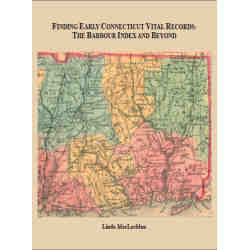
In Chapter Seven in our new book, Victory or Death: Military Decisions that Changed the Course of the American Revolution, author Jack Darrell Crowder describes the lengths to which General Washington relied on spies following his retreat from New York in 1776. From 1777 to 1781, the American forces were out-gunned and less well supplied than the British forces controlling New York. Washington’s spy ring kept the General informed about enemy troop movements, supply problems, military plans, and even plots to kidnap Washington.
Did you know, for example, that Washington employed code breakers to decrypt British coded messages? Or that women were very valuable as spies for the Patriot cause? Or that Major Benjamin Talmadge was installed as head of military intelligence for the Americans? It was Talmadge who organized the Culper Spy Ring, consisting of himself; Abraham Woodhull, a Long Island farmer; Robert Townsend, a New York City merchant; James Rivington, the so-called King’s Printer; Caleb Brewster, a whaleboat captain; Austin Roe, a courier from Setauket, Long Island; and Anna Strong, a homemaker who communicated military intelligence when hanging clothes. Yet another important spy was the African American slave Pompey, who initiated the American capture of the British fort at Stony Point, New York.
These are just a few of the spy stories in Chapter Seven. To further illustrate the role played by Washington’s undercover agents, have a look at part of the secret code used by Washington and the Culper Spy Ring.





